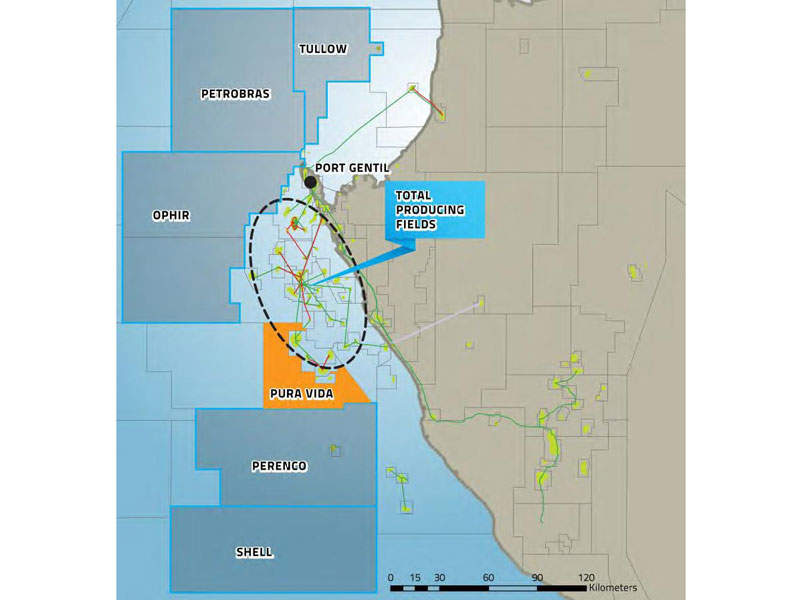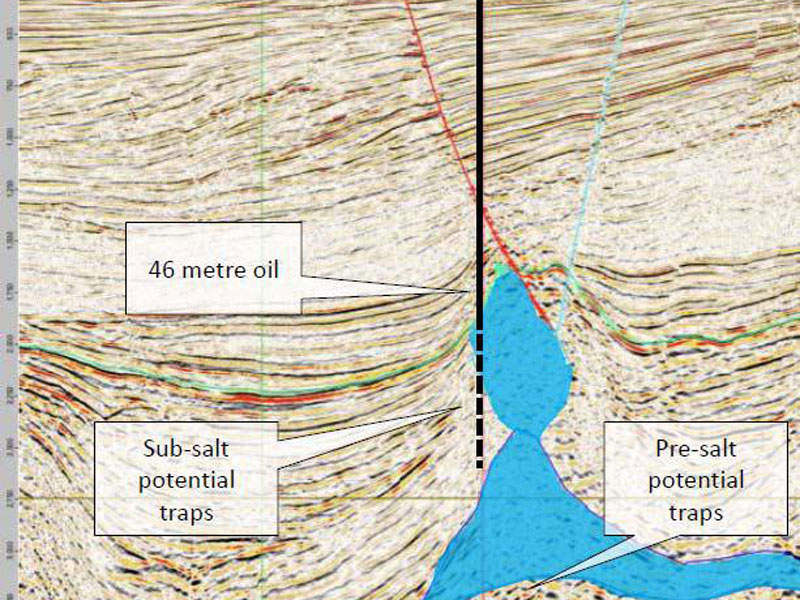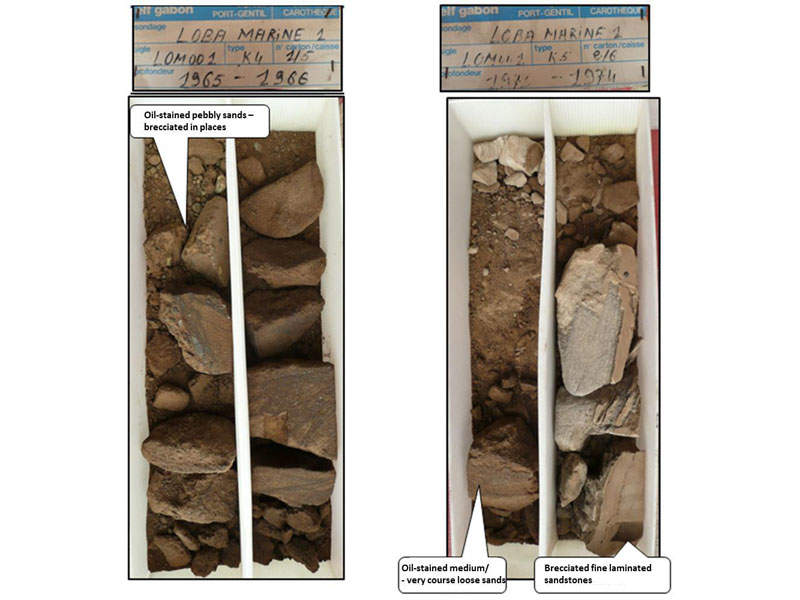
The Loba oil field is located within the Nkembe Production Sharing Contract (PSC), approximately 30km off the coast of Gabon. The water depth at the PSC ranges between 50m and 500m.
Covering an area of approximately 1,210km², the Nkembe PSC is 80% owned by Pura Vida Energy (Pura Vida), while the State of Gabon holds a 20% carried interest. Pura Vida is in advanced talks with potential industrial partners to farm out part of its interest in order to fund the development of the fields within the PSC.
The Loba oil field forms part of the larger Loba Complex, which also hosts the Loba East and Loba Deep fields. The fast-track development plan for the Loba field is expected to generate early cash flows for the development of the larger complex.
The concept and feasibility study (CFS) for the fast-track development of the field was completed in September 2016. It reckons the Gabonese oil field to have an 80% chance of commercial success and estimates approximately 12 months of construction to bring the field into production.
Loba oil field discovery and geology
The shallow-water Loba oil field was discovered in 1976 by Elf through the drilling of the Loba M1 well, which encountered 141m gross interval of light oil pay in Batanga sands.
Pura Vida further drilled the Loba-1 well in July 2013 to confirm the contingent resources at the field.
The oil accumulations at the Nkemba PSC are primarily hosted within the Batanga and Anguille sands in three main plays namely pre-salt, sub-salt and post-salt.
Gabonese offshore oil field reserves
The Loba oil field is estimated to hold contingent 1C, 2C and 3C resources of 7.7 million barrels of oil (mmbo), 11.5mmbo and 16.5mmbo respectively, whereas the Loba Complex is estimated to hold combined mean contingent and mean prospective recoverable resources of 34mmbo.
Loba oil field development details
The Loba oil field is proposed to be developed by incorporating a mobile offshore production unit (MOPU), which will be converted from a jack-up drilling rig. The process system will be designed to handle approximately 40,000 barrels of oil a day, as well as associated gas and water.
The MOPU is proposed to be connected to a six-slot, three-pile well head, intervention, and export platform (WHIEP). The WHIEP will be designed to further accommodate manifolds and pipelines and will be used for hydraulic work over (HWO) or coiled tubing (CT), including well interventions.
Up to three single surface production wells are proposed to be developed as part of the fast-track development plan, with each well designed to achieve flow rates ranging from 4,200bopd to 10,000bopd.
The oilfield’s infrastructure will further be tied back to existing infrastructure such as the neighbouring Barbier oil field or the Oguendjo Terminal. Another option to add a floating, storage and offloading (FSO) vessel is also being proposed.





